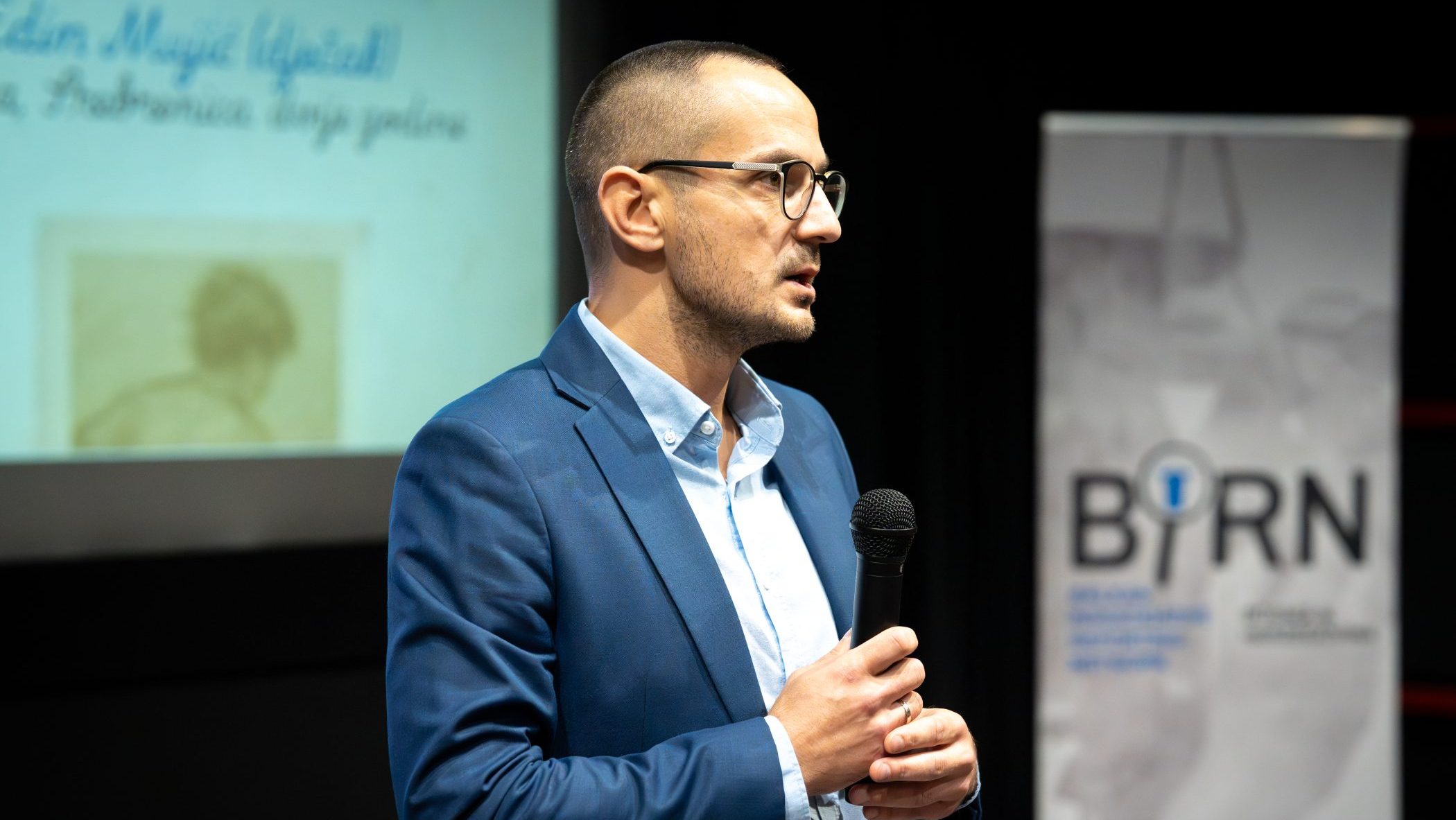This post is also available in: Bosnian
Defence witness Anina Bundalo-Dimitrijevic, Ratko Bundalo’s daughter, recounted what her father told her about the murders committed in Kalinovik in 1992, adding that her father was in Belgrade in early August 1992.
“I saw my father in Belgrade on August 3, 1992. He came in a military vehicle. He was accompanied by Risto Puhalo and protected witness H. Me and my sister lived in a dormitory. Our father stayed there for about 10 days, because he went to the Military Medical Academy to perform some medical tests,” the witness said.
Ratko Bundalo, Nedjo Zeljaja and Djordjislav Askraba are charged with participating in the murder, deportation, capture, detention, rape and torture of Bosniaks from the Kalinovik area in the course of 1992 and 1993.
Witness Bundalo-Dimitrijevic said that in late November 1991 the first indictee was referred from Rijeka, where he had performed his service with the Yugoslav National Army, JNA, to Kalinovik, where he was a “commander of Artillery and Anti-armour Regiment”.
“After the war our father gave us little information about Kalinovik. On one occasion he told me, my sister and my mother that he saw on television that the remains of Muslims had been discovered in Miljevina, adding that he had nothing to do with it. On the same occasion he said he was absolutely sure that they had been detained in order to be exchanged for some refugees from Sarajevo,” the witness
said.
The indictment alleges that from August 2 to August 5, 1992 groups of men, who were detained in “Barutni magacin” (“Gunpowder Depot”), were taken in the direction of Miljevina, in Foca Municipality, and Kalinovik, where they were shot.
The second Defence witness, Jovan Lalovic, said that on June 26, 1993 he was assigned to Kalinovik, where he replaced the first indictee as “commander of the Mixed Anti-armour Artillery Regiment”.
“I know that there were two regiments in Kalinovik. Both were subordinate to the Corps Command situated in Bileca. When I arrived in Kalinovik, I was responsible for about 250 soldiers,” Lalovic said.
This witness told the Court that, according to definitions in rulebooks, tactical groups were temporary formations, whose existence depended on ongoing battles. He was not able to confirm whether any tactical groups were established in the Kalinovik area.
“Soldiers said that Rade Pavlovic and Sretko Lalovic were commanders of tactical groups in that area, but they were not there when I arrived in 1993. According to the rules and regulations, tactical group commanders bear the greatest responsibility. In that case Bundalo could just support them logistically or by giving advice,” Lalovic said.
Bundalo is charged as commander of the Tactical Group in Kalinovik, Zeljaja as commander of the Public Safety Station in Kalinovik and Askraba as “Barutni magacin” detention camp commander.
The trial is due to continue on Tuesday, March 31, when the first witnesses for Zeljaja’s Defence will be examined.

